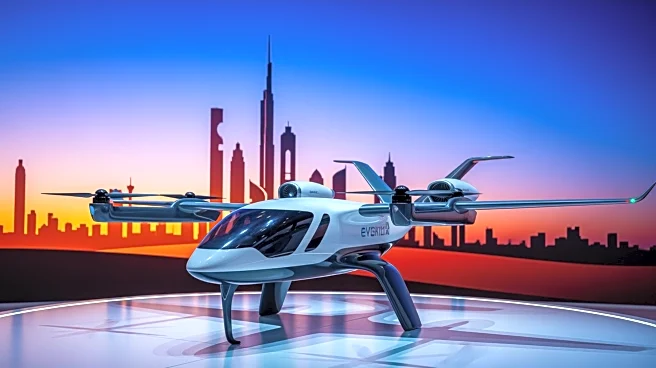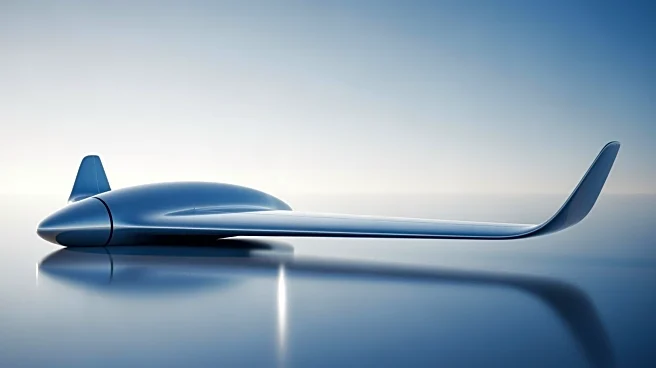What's Happening?
Gogo has announced that Action Aviation, based in Dubai, is the first customer in the Middle East to adopt the Galileo FDX flat-panel, electronically steerable antenna for broadband inflight connectivity. This advanced satellite terminal will be installed
on a Boeing Business Jet 737-700, providing high-speed, reliable internet access during flights. The FDX terminal, designed for super-midsize and larger business jets, can simultaneously transmit and receive data, working with Gogo's Avance or SDR Gateway router platforms. This technology connects with the Eutelsat OneWeb Ku-band, low Earth orbit satellite network, offering global broadband performance.
Why It's Important?
The introduction of the Galileo FDX antenna in the Middle East marks a significant advancement in inflight connectivity solutions. By providing high-speed internet access, Gogo enhances the travel experience for business jet passengers, meeting the growing demand for reliable communication during flights. This development is crucial for the aviation industry, as it seeks to offer seamless connectivity to passengers, thereby increasing customer satisfaction and competitive advantage. The adoption of such technology also reflects the broader trend of integrating advanced satellite communication systems in aviation, potentially influencing future innovations in the sector.
What's Next?
With the successful installation of the Galileo FDX antenna, Action Aviation may set a precedent for other aviation companies in the Middle East to adopt similar technologies. Gogo's expansion into this market could lead to increased partnerships and installations across the region, enhancing inflight connectivity standards. As more business jets equip with advanced satellite terminals, the aviation industry might witness a shift towards more comprehensive and integrated communication solutions, driving further technological advancements.
Beyond the Headlines
The deployment of the Galileo FDX antenna could have implications beyond inflight connectivity, potentially influencing the broader telecommunications landscape. As satellite technology becomes more prevalent in aviation, it may spur innovations in other sectors, such as maritime and remote communications. Additionally, the integration of such systems highlights the importance of global connectivity, emphasizing the need for continuous advancements in satellite communication technologies.













